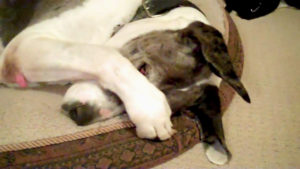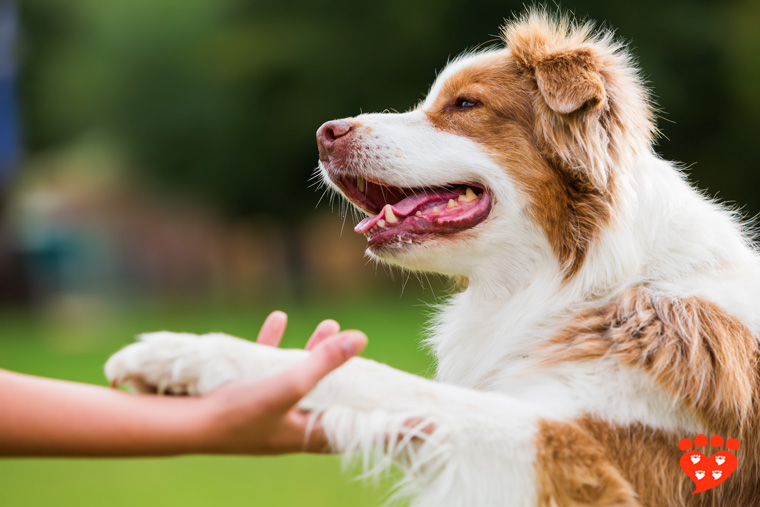
Why Positive Training is the Answer for your Dog
Christie Fernandez- Professional Dog Trainer
Positive training is a philosophy where dogs and other animals are only taught using humane, force free techniques that encourage dogs to learn, problem solve and think. There is no fear, intimidation, bullying or domination as there is in old school punitive training methods, and as the study proves, positive training is a much more effective methodology that promotes learning and helps “rehabilitate” dogs with stress, anxieties, fears, aggressive behavior and phobias. Positive training sets dogs up for success and relies on management strategies as well to promote that success.
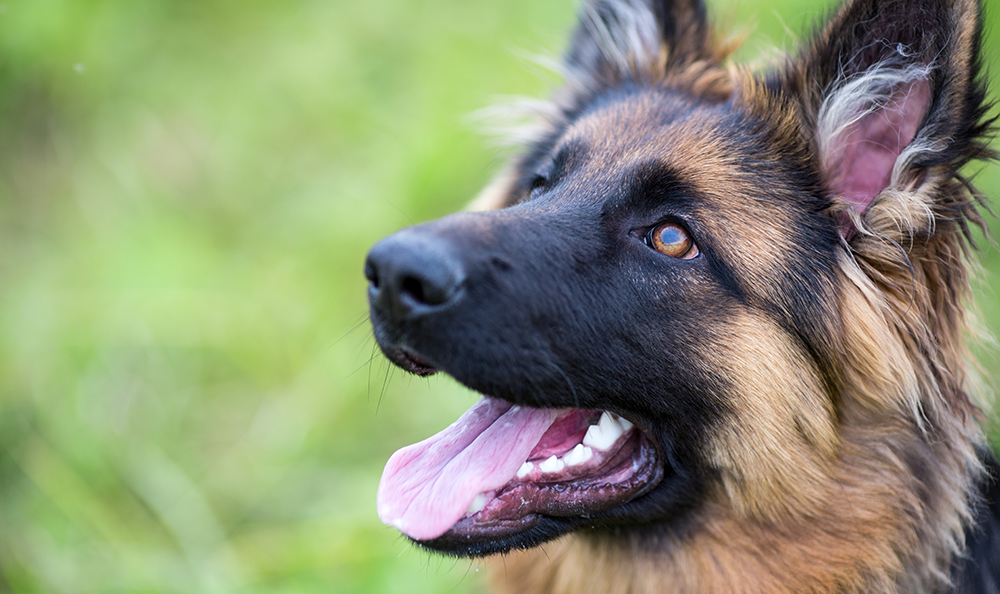
Contrary to popular opinion though, positive does not mean permissive. We don’t allow dogs to do whatever they like and we do give them boundaries and tell them “no” when we need, exactly like children! We use rewards in the form of food, praise, play, toys etc to encourage and mark good behavior as well as humane techniques to discourage negative behavior. The kind of techniques I use to create boundaries are vocal cues to interrupt and redirect negative behavior to positive behavior, times outs or removal of the dog, withholding a reward or simply ignoring behavior. These techniques work on all kinds of dogs from Pomeranians to Pit bulls and with all kinds of behavioral issues from dogs that chase to those that display severe aggression.
Training without intimidation, fear or pain, teaches respect, love and kindness. Positive training works with the dog mentally, physically and emotionally. Teaching and learning without coercion. being firm but kind,using techniques and tools to motivates a dog’s thinking. It teaches alternative behaviors, encourages relationship building and clear communication.
Positive training puts the emphasis on teaching dogs what to do, not continually punishing a dog for not doing what we want. What sets apart a really good positive trainer from the rest is not just their ability to teach a dog to do things using reward based teaching, but to use humane techniques to also curb and prevent negative behavior.
Positive training makes dogs more confident and builds a strong bond between dog and person. It encourages the dog to listen and respond when asked to do something and works well on all kinds of dogs including those” working” dogs with high drive.
So to all those Franchise Bullies who refuse to learn or understand canine behavior or science base proven methods and are confused about the term “positive training,” I hope this clears a few things up and helps you pass on the right kind of information to those who need it.
Some might continue to argue about what techniques are best but I’m sure if we asked a dog how he wanted to be treated, he would chose the positive, humane approach. After all, like it or not, dogs fulfill the role of friend, companion and child to much of the animal loving population and we need to treat them as such, as well as celebrating their unique dogdom and the incredible ability they have of bringing such joy into our lives.

As a Trainer, I train dogs to be confident, to be emotionally balanced, to love learning and make learning fun. I want to encourage dogs to be successful and to use positive strategies in order to facilitate that success.
Positive training is the only way to develop a common language based on mutual trust, respect and love which guides dogs into making the right choices without damaging the relationship between man and dog.
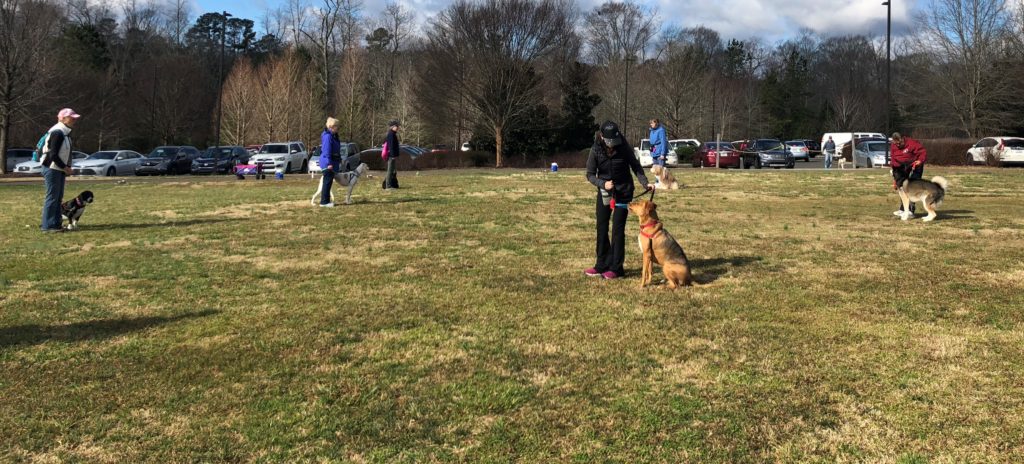
When you train using positive reinforcement, you will not only get a well trained dog, you will maintain the spirit of that dog. Your dog learns that good things happen to him when he does the thing you like.
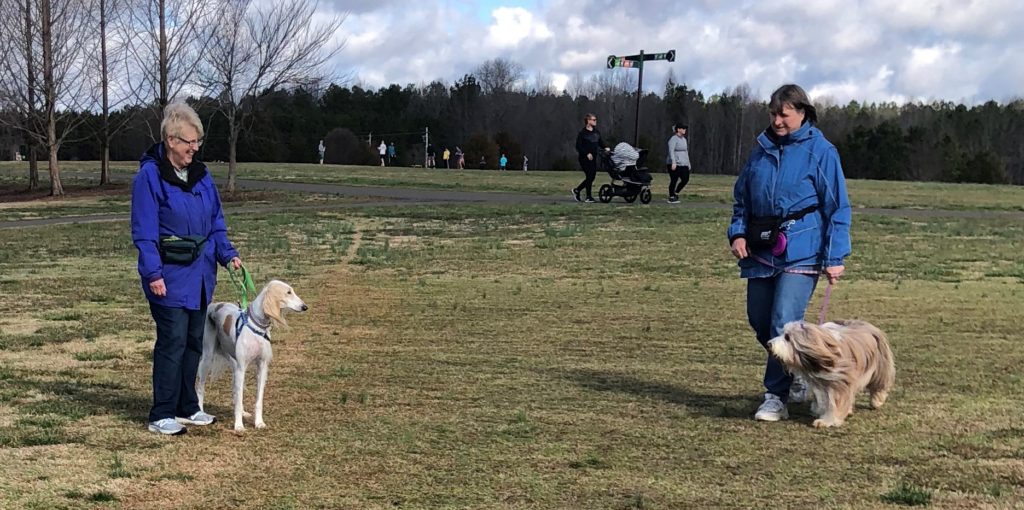
Employing positive techniques to change undesirable behavior requires that you first determine the cause of the behavior and then figure out how to modify and change it by giving the dog the ability to learn and feel differently. People learn to connect with their dogs and work through problems in a humane manner – strengthening the relationship by fostering mutual trust, providing affection, and encouraging cooperation. Increasing a dog’s enjoyment of social interaction gives the dog what she needs to deal with the pressures of domestic life.
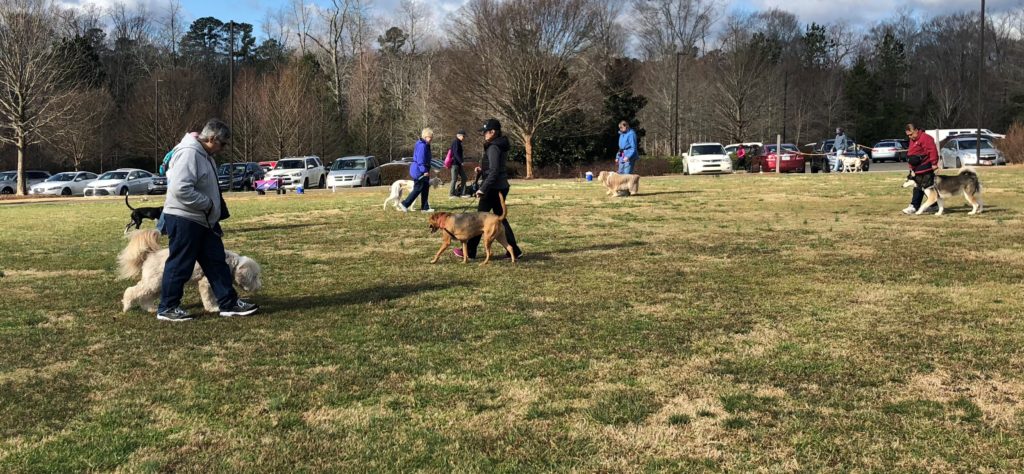
Dogs that are taught using positive reinforcement methods are more tolerant, self-controlled and behave much more predictably in different situations.
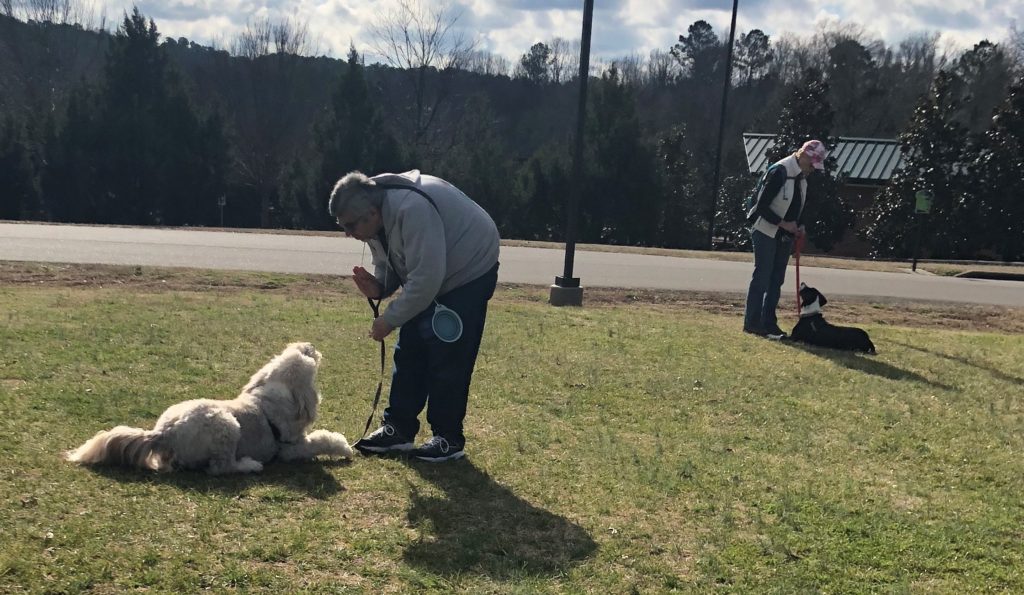
Positive-reinforcement teaching techniques use non confrontational methods to work a dog’s brain – rewarding positive behavior, establishing rituals and training actions that are incompatible with negative behavior, and lessening a dog’s anger and frustration – all while enabling the dog to feel good inside. If you reinforce a dog’s desirable behaviors, there is less of a chance that she will indulge in other behaviors that you do not like. Decision-making is influenced without the use of force, and the dog’s trust in the owner is not violated through threatening treatment.
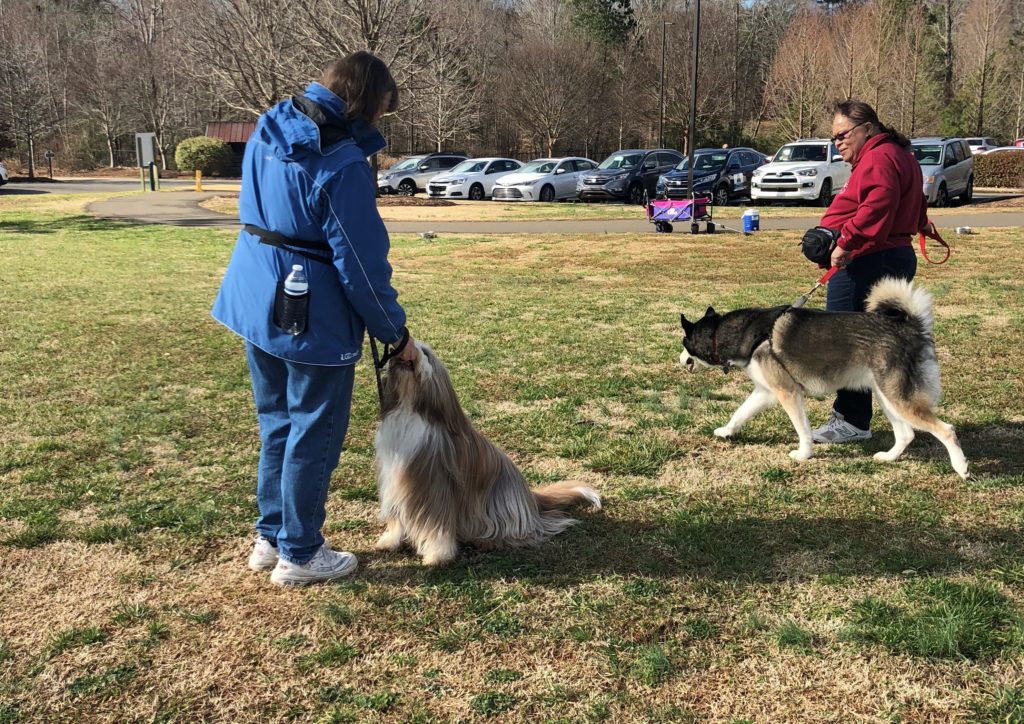
The strongest relationships between dogs and humans are based on cooperation and kindness rather than on hum an dominance. When you choose to use positive techniques while building a relationship with your dog, you will be on your way to establishing and maintaining a connection that increases trust and results in a stronger, healthier bond between you. Put simply, if your dog feels good about you, he/she will be happier, confident, better behaved, and more inclined to respond to you when you ask her to do something





